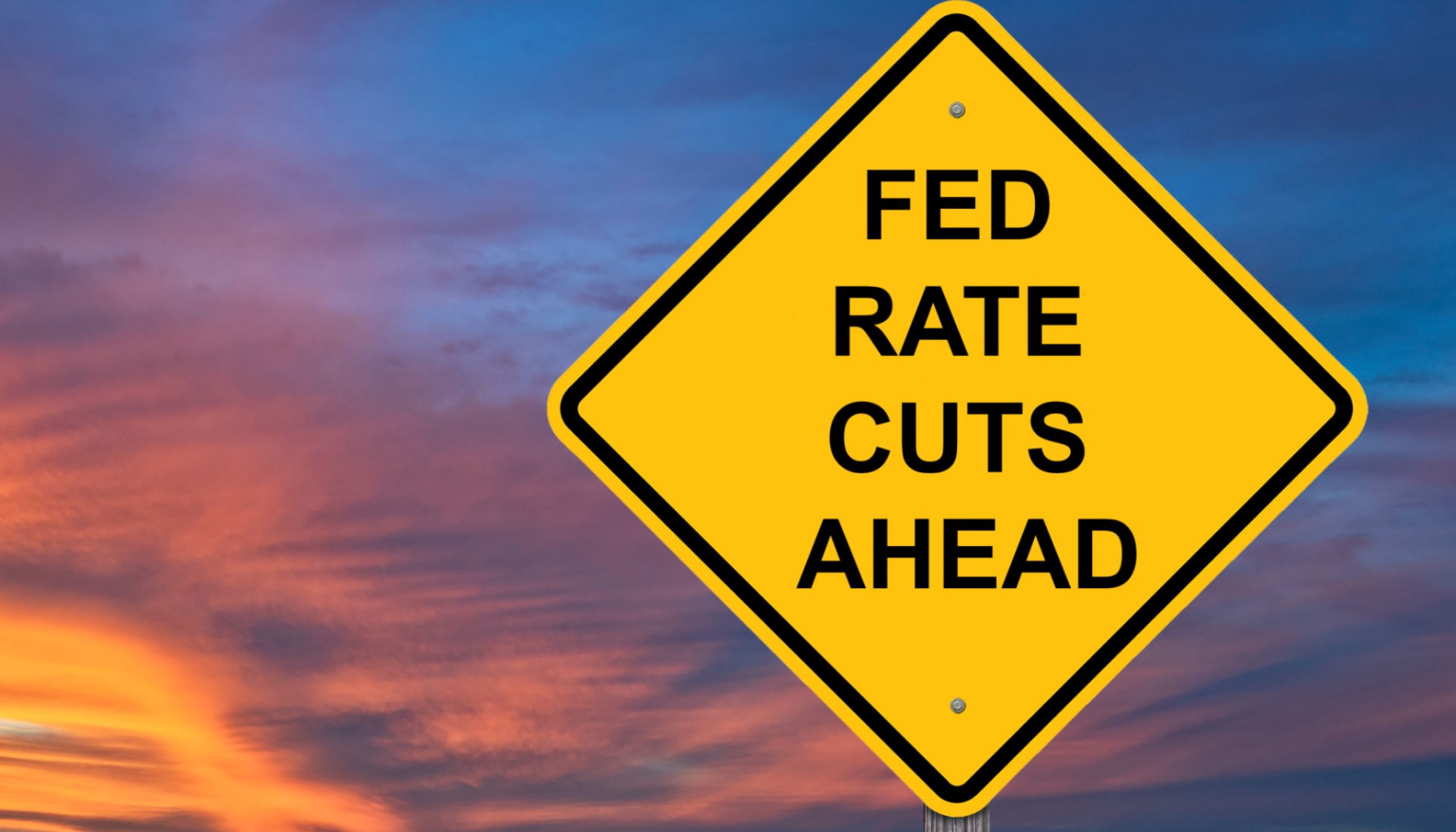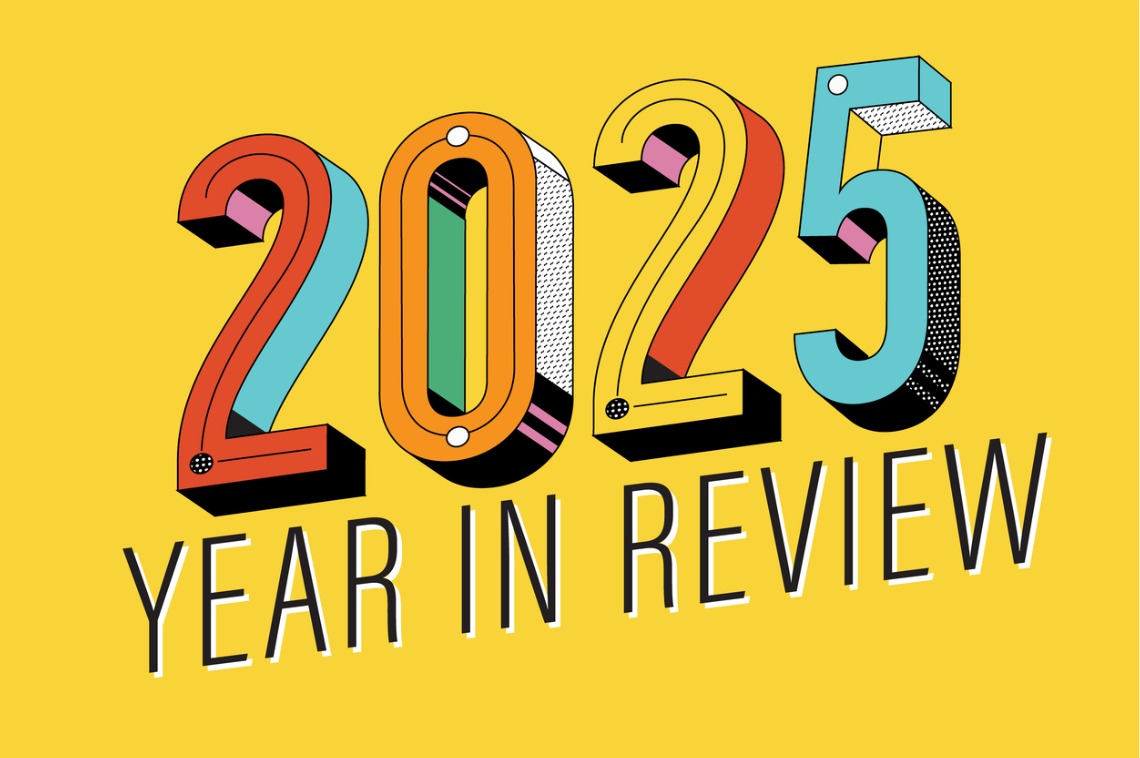I
n August 22, 2025, Jerome Powell delivered his anticipated Jackson Hole address, hinting at forthcoming Fed rate cuts while stressing that the exact timing remains uncertain. The speech underscored a shift in economic risks, signaling that the policy stance might pivot, yet Powell refrained from committing to a specific date, leaving markets to await further data.
Jackson Hole, Wyoming, annually transforms into the financial world’s temporary capital. The Federal Reserve Bank of Kansas City hosts its Economic Policy Symposium there, gathering central bankers, economists, and policymakers worldwide. The event is a key platform for the Fed Chair to drop hints or announce major policy moves. Powell’s 2024 speech confirmed that cuts were coming, setting a precedent that the 2025 address would be closely watched for additional clues.
**Key Themes of the 2025 Speech**
Powell’s address, titled “Economic Outlook and Framework Review,” focused on the Fed’s dual mandate: price stability (targeting 2 % inflation) and maximum employment. He painted a complex picture of the economy, noting a cooling labor market alongside persistent inflation.
- **Labor Market Cooling**: July’s jobs report added only 35,000 new jobs, below expectations. May and June figures were revised downward, suggesting a sharper slowdown. Unemployment rose to 4.2 %, a near‑one‑percentage‑point climb from its historic low. Powell warned that such a rise often precedes or coincides with an economic downturn, likening it to a car’s engine light turning on.
- **Inflation Persistence**: Prices remained above the Fed’s 2 % target. Trump’s newly imposed tariffs added pressure, which Powell described as “short‑lived,” but the author argues any tariff‑induced price rise complicates the Fed’s task, akin to adding kindling to a fire.
- **Risk Balancing**: Powell acknowledged that “the balance of risks appears to be shifting.” This signals a potential change in policy, as the current federal funds rate range of 4.25 %–4.5 % may need adjustment.
**Data‑Dependent Approach**
Powell avoided a firm timeline for a September 17–18 FOMC meeting, emphasizing a data‑dependent stance. He reiterated the Fed’s commitment to supporting a strong labor market while progressing toward price stability. The author views this caution as prudent, given the global economy’s volatility and the danger of premature commitments.
**Market Reaction**
Wall Street responded enthusiastically, interpreting Powell’s dovish‑leaning remarks as a hint of an upcoming rate cut. The S&P 500 rose 1.6 %, Nasdaq 2.1 %, and the Dow 2 %, approaching record highs. Two‑year Treasury yields fell nearly 10 basis points to 3.69 %, and the 10‑year yield dropped to 4.27 %. The U.S. dollar weakened against major currencies. The CME FedWatch Tool’s probability of a 25‑basis‑point cut jumped from 72 %–85 % pre‑speech to 90 % post‑speech, with some analysts even discussing a 50‑basis‑point cut if August jobs data were weak.
**Policy Framework Review**
Powell also announced a revised “Statement on Longer‑Run Goals and Monetary Policy Strategy,” moving away from the 2020 flexible average inflation targeting framework. The new approach emphasizes adaptability to rapid economic changes, a lesson learned from pandemic‑era volatility. Powell highlighted the importance of a framework suitable across diverse economic conditions, reflecting a maturing understanding that one‑size‑fits‑all rules are inadequate.
**Political Context and Fed Independence**
Trump’s criticism of Powell and calls for aggressive rate cuts, including a controversial demand for Governor Lisa Cook’s resignation, underscore the political backdrop. Powell reaffirmed the Fed’s independence, stating that an independent central bank has served the public well. This stance protects the Fed’s decisions from short‑term political pressure.
**Implications for Borrowing Costs**
Potential rate cuts may not translate into immediate savings for consumers and businesses:
- **Mortgages**: A 25–50 basis‑point cut would modestly affect mortgage rates. Current rates have already dipped to 15‑month lows, indicating some pricing in.
- **Credit Cards & Auto Loans**: Relief may arrive slowly, as these rates don’t always move in lockstep with the federal funds rate.
- **Business Loans**: Lower rates could encourage borrowing for expansion, potentially boosting employment.
Consumers and businesses should remain cautiously optimistic, recognizing that the impact will likely be gradual unless a more aggressive cut occurs.
**Looking Ahead to September**
The next pivotal event is the September 17–18 FOMC meeting, where the Fed will decide on rate cuts based on forthcoming data. Key releases to watch include:
- **Core PCE Inflation** (August 29, 2025): Expected at 2.6 %. A hotter reading could temper cut enthusiasm; a cooler reading might bolster it.
- **August Jobs Report** (September 6, 2025): A weak report could increase the likelihood of a 50‑basis‑point cut; a strong report might delay or reduce cuts.
Market expectations currently favor a 25‑basis‑point cut, but a weaker labor market could push for a larger reduction. Conversely, stubborn inflation could lead the Fed to hold rates steady, potentially unsettling markets.
**Conclusion**
Powell’s 2025 Jackson Hole speech signaled the Fed’s openness to cutting rates amid a cooling labor market and persistent inflation. By emphasizing a data‑dependent approach and highlighting shifting risks, Powell boosted market expectations for a September cut. The speech also introduced a more adaptable policy framework and reaffirmed the Fed’s independence against political pressure. As the September FOMC meeting approaches, the August jobs data and core PCE inflation will be decisive in shaping the Fed’s next move, with significant implications for markets, consumers, and the broader economy.














